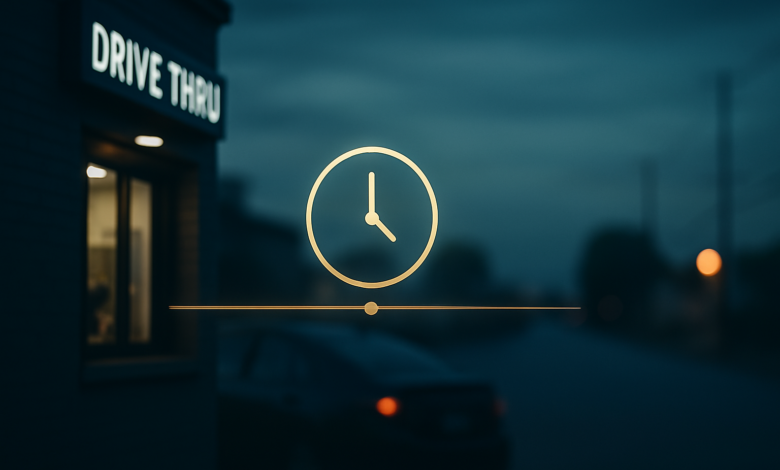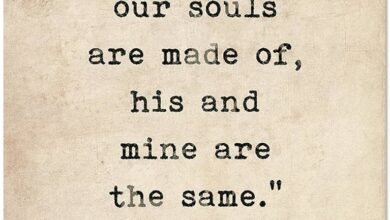Nautica Malone: Timeline, Facts, and What Really Happened

Summary: This in‑depth explainer gathers verified facts and a clear timeline about Nautica Malone, the viral incident that preceded his death, the language people used online, and the wider lessons about privacy, platform virality, and compassion. It is written to inform respectfully and to avoid speculation.
Content Note
This article discusses suicide and sensitive issues. If you or someone you know is struggling, seek support right now: in the U.S., call or text 988. In an emergency, dial your local emergency number immediately.
Key Facts at a Glance
- Who: Nautica Malone, an Arizona man whose name trended online after a drive‑thru incident became viral.
- What happened: A video of an incident at a bikini‑barista coffee drive‑thru circulated widely online, followed by intense public attention and commentary.
- Date of death: January 11, 2025.
- Aftermath: Additional details later emerged publicly (including a note to family and subsequent release of police body‑camera footage). This article consolidates what’s been reported and removes rumor from fact.
Who Was Nautica Malone?
Nautica Malone’s name entered public conversation through social media and news coverage in January 2025. Public records and obituary notices identify him as a twenty‑seven‑year‑old Arizona resident. Beyond headlines, he was a real person with family, community ties, and a life that cannot be reduced to a viral moment.
What Happened Before His Death
In early January 2025, an incident at a Tempe, Arizona drive‑thru involved Nautica Malone and staff at a bikini‑barista coffee stand. A short, cellphone‑recorded video from the scene circulated across social platforms, drawing millions of views and a rush of commentary. Within days, more coverage appeared across mainstream and social outlets, accelerating attention.
Public reporting afterward documented that Malone died by suicide the day after the video spread widely. Later updates added further documented details, including communications to family and, weeks later, body‑camera footage released by police that showed parts of the post‑incident response.
About the Language People Used Online
Commentary on social media introduced slang and memes around the story—most notably the term often written as “goonicide.” This is not a clinical, legal, or academic term; it’s internet slang that mixes a sexualized meme with a real person’s death. Using such labels can dehumanize people and flatten complex events into jokes or hashtags. This article avoids that framing and focuses on documented facts.
Why the Story Went So Viral
- Video primacy: Short, provocative video assets are highly shareable, and algorithms favor immediate engagement.
- Shock + moral commentary: The clip triggered strong reactions—disgust, sympathy, curiosity—which sustained discussion.
- Update cycles: New details (family communications, official statements, and later body‑cam footage) kept the topic in the news cycle.
- Memetic language: Hashtags and slang gave people a quick way to participate—even when it trivialized a traumatic event.
When a story includes sexuality, privacy, and public shaming, virality often outpaces nuance. That is what happened here.
Ethical and Legal Questions the Case Raised
Recording and distribution: Many readers asked whether it was appropriate—or even legal—to record and circulate the original video. Rules vary by jurisdiction and circumstance (e.g., expectation of privacy, workplace policy, and consent). Even where recording may be lawful, rapid online distribution can intensify harm.
Corporate responses: When a business is involved, it can issue statements, cooperate with authorities, and update internal policies (e.g., staff training on incident response and content handling). Transparent, timely updates help reduce rumor.
Media responsibility: Reporting on suicide requires care: avoiding sensational framing, omitting explicit details, and signposting support resources. Outlets that regularly update stories should flag corrections and additions clearly.
Timeline: Nautica Malone
| Date (2025) | Event | Notes |
|---|---|---|
| Jan 10 | Drive‑thru incident at a Tempe, AZ bikini‑barista coffee stand is recorded on a personal device. | Short video circulates on social platforms soon after. |
| Jan 11 | Nautica Malone dies by suicide. | Family and community impacted; early chatter online intensifies. |
| Mid–Late Jan | News outlets publish follow‑up details from police and family communications. | Coverage notes a message to family and adds context around the prior day’s events. |
| Early Feb | Police body‑camera footage of parts of the post‑incident response is released publicly. | Clips show aspects of the on‑scene procedures without resolving every question people raised online. |
This timeline consolidates information from public reports. New, reliable details—if released—should be added with a clearly marked update.
What We Can Learn from the Nautica Malone Story
- Privacy can be shattered in seconds. A short clip can redefine a person’s public identity permanently.
- Viral shame amplifies harm. Pile‑ons rarely produce accountability; they often produce trauma.
- Responsible reporting matters. Careful language, verified sourcing, and empathy reduce copycat risks and misinformation.
- Platforms incentivize reaction. Trending audio‑visual posts travel farther than nuanced corrections; creators and publishers should build in guardrails.
- Compassion isn’t complicity. It is possible to acknowledge harm in an incident and still treat everyone involved as human beings deserving dignity.
FAQs: Nautica Malone
What is the Nautica Malone story about?
The story centers on a viral drive‑thru incident in Tempe, Arizona, and the intense online reaction that followed. Public reports later documented that Nautica Malone died by suicide the next day. This article consolidates those facts and the subsequent releases without amplifying rumor.
When did Nautica Malone die?
January 11, 2025.
Why do some posts use the term “goonicide”?
It’s internet slang that fused a sexualized meme with a real tragedy. It is not a clinical or legal term. This article avoids that framing due to its dehumanizing effect.
Was anyone charged or found legally responsible?
As of September 15, 2025, publicly available reporting has not confirmed criminal charges related to the recording and circulation of the original drive‑thru video. Any future legal developments would come from official filings or statements.
How should media and creators cover cases like this?
Use precise, non‑sensational language; verify new claims before publishing; omit explicit self‑harm details; and include signposts to support resources.
If You Need Support
If you’re struggling, please seek help now. In the U.S., call or text 988. In Canada, dial 988. In the U.K. & ROI, you can reach Samaritans at 116 123. In Australia, contact Lifeline at 13 11 14. Elsewhere, contact local health services or your country’s suicide‑prevention helpline. If someone is in immediate danger, call emergency services.




